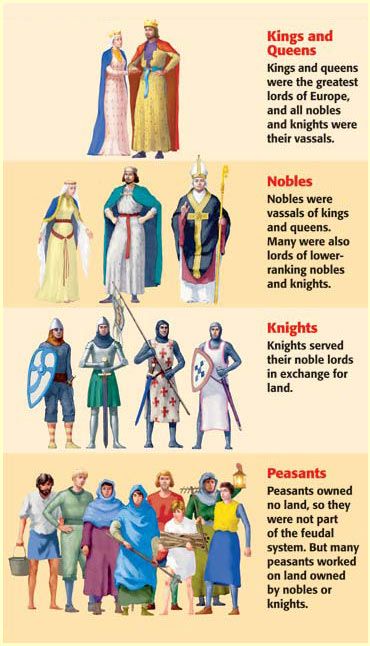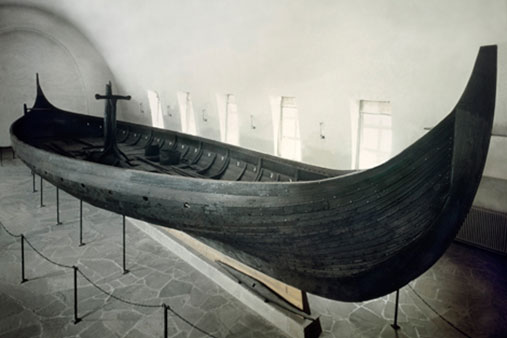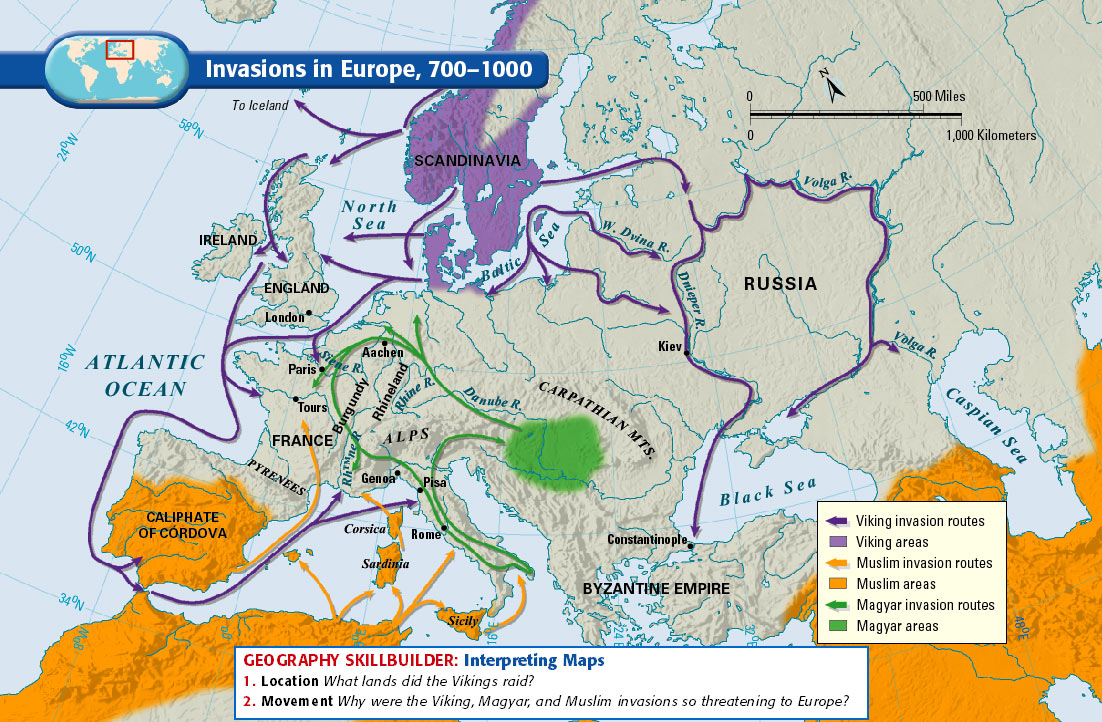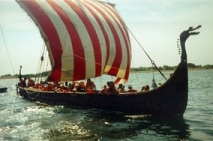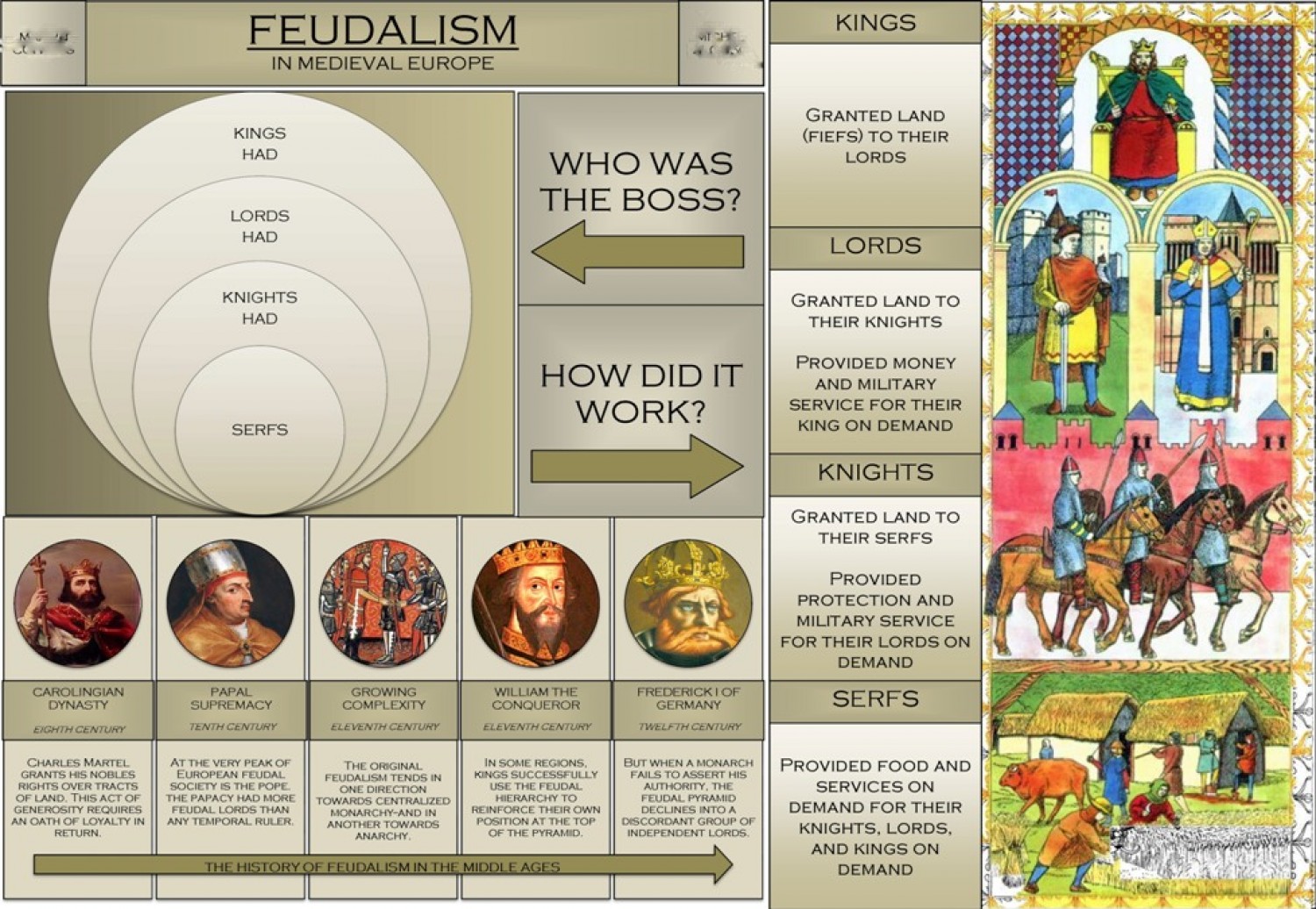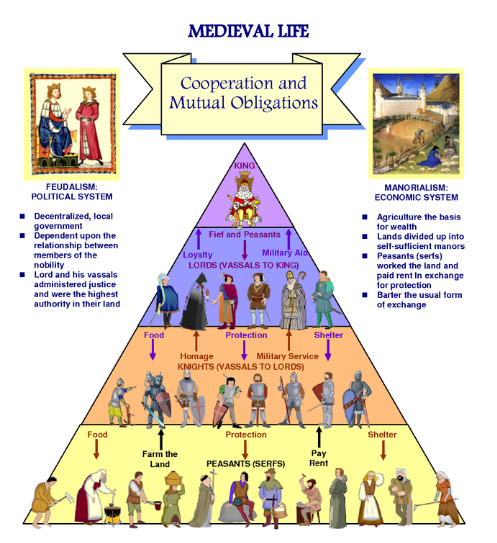Life in europe after the fall of rome
Holt Textbook Chapter 9
|
| ||||||||||||||||||||||||||||||||||
Web resources
History for Kids: Middle Ages Learning Menu
Ducksters: Feudal System
BBC: Everday Life in the Middle Ages
Ducksters: Becoming a Knight
BrainPOP Middle Ages
Ducksters: Middle Ages Timeline and Learning Menu
Ducksters: Feudal System
BBC: Everday Life in the Middle Ages
Ducksters: Becoming a Knight
BrainPOP Middle Ages
Ducksters: Middle Ages Timeline and Learning Menu
|
About 500 CE, much of western Europe was left without a strong centralized government due to the breakdown of the Roman Empire. With little organized resistance, Germanic invaders raided western European cities and monasteries. Because kings were often too weak to repel the invaders, many city dwellers moved into the countryside in hopes of greater safety. As a result of the invasions, and a weak central government, a new social and political system known as feudalism developed. Strong local lords formed a strict code of behavior and allegiances which became the foundation of feudal life.
|
Invasions by vikings and others
|
The Vikings were from Scandinavia in Northern Europe. They raided Britain, Ireland, and other parts of western Europe. They looted towns and monasteries and took prisoners to sell into slavery. Their attacks were swift and savage, and Europeans lived in terror of Viking raids.
|
Feudalism
Hard work was a constant theme in the lives of peasants in the Middle Ages. Peasants worked long hours and had to obey the wishes of nobles. But most nobles were not free to live as they chose because Knights and lords were sworn to obey more powerful nobles, who had to obey the wishes of the king. Life in the Middle Ages was one big web of duties and obligations.
|
|
The system of feudalism was meant to protect people after the fall of the Roman Empire. |
At the heart of feudalism is a basic idea common to any society with a warrior caste. Such men need to be provided for. In a simple economy this means that the produce of an appropriate number of peasants or serfs must underwrite the expenses of the fighting man. In medieval Europe the system is more complex. The central economic feature is the manorial system. Transcending that, and dependent upon it, is the interconnecting network of loyalties and obligations which make up feudalism.
|
|
|
Life on the manor
|
Manorialism, otherwise known as the Manorial System, is the political, economic, and social system by which peasants of medieval Europe were made dependent on their land and on their lord derived from the word ‘manor.’ Its basic unit was the manor, a self-sufficient stationary estate, or fief that was under the control of a lord who enjoyed a variety of rights over it and the peasants attached to it by means of serfdom. The manorial system was the most convenient device for organizing the estates of the aristocracy and the clergy in the European Middle Ages, and it made feudalism possible, the system that granted the upper-class clergy and nobles power.
|
|
